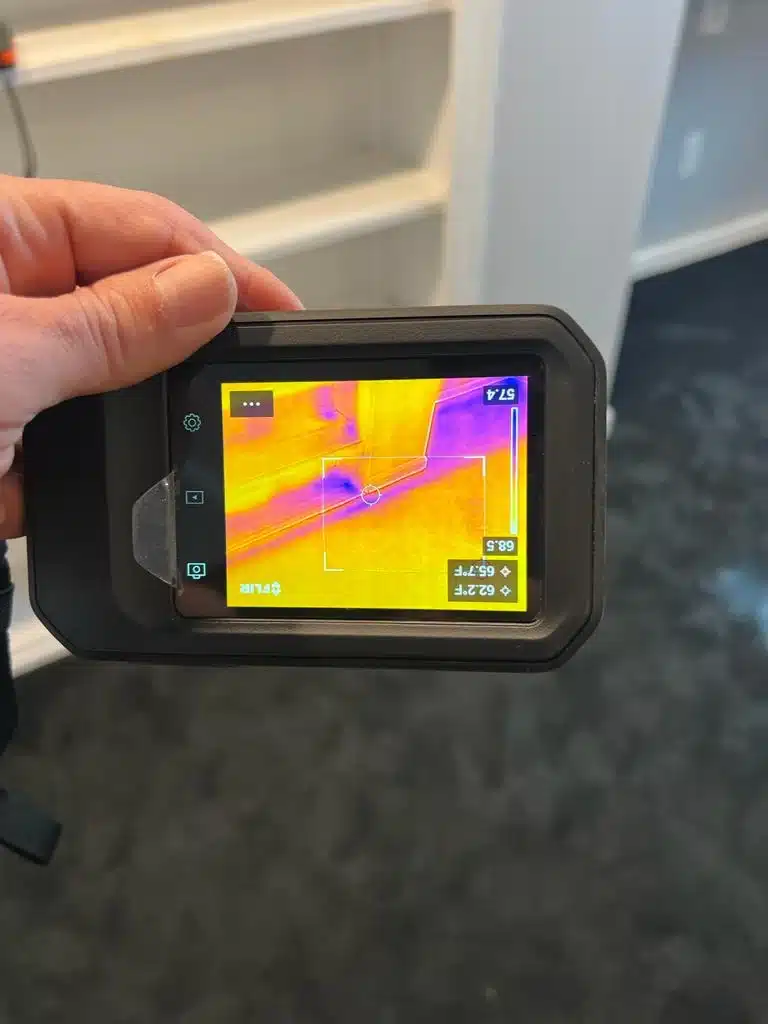Asbestos is a mineral that was once widely used in both construction and manufacturing, and it presents grave health risks when its fibers are released to the atmosphere. Testing asbestos in the air is an indispensable step toward safety in a building or area where ACMs could be present. This article discusses the importance of air quality testing for asbestos, the methods of such testing, and how to maintain safety in the environment.
What is Asbestos?
Asbestos is a group of naturally occurring minerals composed of thin, durable fibers that resist elevated temperatures and are known to be good insulators. While these qualities have made asbestos an extremely popular building material, when disturbed these fibers tend to become air-borne, thus causing serious health problems like mesothelioma, lung cancer, and asbestosis. These diseases take several years or even decades to develop; therefore, early detection and prevention become important.
Why is asbestos air quality testing important?
Air quality testing for asbestos is important for a few reasons, including:
- Health and Safety: Inhaled asbestos fibers can lead to some serious, often deadly diseases. Testing ensures that environments are safe for workers and occupants alike.
- Regulatory Compliance: Most laws require the testing and removal of asbestos, especially during building renovations or demolitions built before the 1980s.
- Peace of Mind: Testing will provide assurances that asbestos exposure is being monitored and managed.
- Preventive Measures: The identification of asbestos in the air encourages timely interventions such as encapsulation or removal to reduce health hazards.
When is Asbestos Tested?
Tests are conducted under the following conditions:
- Renovation or Demolition: Buildings constructed before the 1980s may contain asbestos disturbed by construction processes.
- Damages to Visible Asbestos Materials: Torn, broken tiles, insulation, and ceilings suspected to have asbestos in them must be evaluated.
- Suspected contamination: if asbestos materials have been disturbed or contamination is suspected, then the air testing gives an indication of the risk.
- Occupational health monitoring: In those workplaces where there is a possibility of asbestos exposure, regular air testing ensures the safety of workers.
Methods of Air Quality Testing for Asbestos
Several methods are used to detect asbestos fibers in the air. These include:
- Phase contrast microscopy (PCM): This is the most common method used to count asbestos fibers under a microscope on a filter sample.
- Transmission Electron Microscopy (TEM): a more sophisticated technique that provides details of fiber type for asbestos and can detect fibers of smaller dimensions. The Gravimetric method is utilized seldom to estimate the fiber concentration by measuring the weight of a filter before and after air sampling. The micro-vacuum sampling entails dust collection from surfaces for estimating contamination levels in an area.
- Airborne Fiber Count Analysis: This measures the number of fibers in the air to identify whether it exceeds regulatory limits.
How Is Asbestos Testing Done?
The general process usually goes as described below:
- On-Site Assessment: A technician views the premises for materials that could contain asbestos.
- Air Sampling: Samples are taken using pumps or other devices over a certain length of time.
- Laboratory Testing: Samples are sent for analyses using either PCM or TEM methods to ascertain the concentration.
- Results and Recommendations: The lab report indicates if asbestos is present and provides recommendations for remediation if necessary.
Preventing Asbestos Exposure: Next Steps
If air quality tests confirm asbestos fibers, immediate action is needed:
- Encapsulation: Sealing asbestos materials to prevent fiber release.
- Remediation: Professional abatement services may be required to safely remove asbestos during renovations or demolitions.
- Re-testing: After remediation, further testing ensures the area is free of airborne fibers.
Conclusion
Asbestos air quality testing is an important health protection measure for the assurance of safe living and working conditions for both people and workers alike. The performance of regular testing, especially in older buildings and workspaces, would mitigate asbestos risks and prevent long-term health effects. If you suspect asbestos in your environment, you are encouraged to seek appropriate professional asbestos testing and remediation recommendations.


